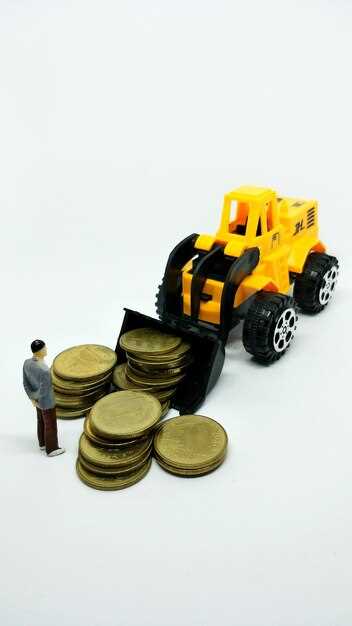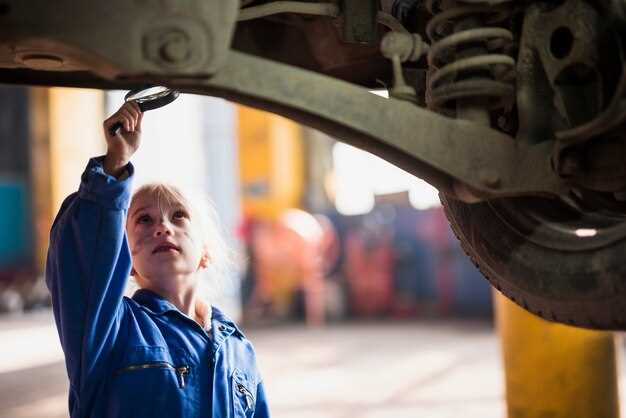
Rebuilding a salvage car can be an appealing project for auto enthusiasts and budget-minded individuals alike. However, it’s essential to understand the various costs involved in this process to make informed decisions. From the initial purchase price to the final touches, each aspect of the rebuild contributes to the overall financial commitment. This article provides a comprehensive breakdown of the costs associated with salvaging and rebuilding a vehicle, ensuring that prospective builders are well-prepared.
One of the first expenses you will encounter is the cost of purchasing the salvage car itself. Salvage titles denote vehicles that have been deemed a total loss by insurance companies, but this doesn’t mean they cannot be restored. Prices vary significantly based on the make, model, and condition of the car. After acquiring the vehicle, you will need to consider additional expenses such as parts, labor, and unforeseen repairs that may arise during the rebuilding process.
In addition to the initial investment, rebuilding a salvage car entails ongoing costs that must be factored into your budget. From sourcing high-quality replacement parts to paying for mechanical services, the cumulative financial implications can add up quickly. Understanding these elements will empower you to effectively manage your budget and achieve a successful rebuild without unexpected financial strain.
Evaluating the Price of Replacement Parts for Salvage Vehicles

When restoring a salvage vehicle, understanding the cost of replacement parts is essential for a successful rebuild. The expenses associated with parts can vary significantly based on several factors, making careful evaluation necessary.
Market Research is the first step in determining part prices. Online retailers, local auto parts stores, and salvage yards all offer different pricing. It is prudent to compare prices across multiple sources to identify the most cost-effective options.
Another important consideration is the type of parts needed. OEM (Original Equipment Manufacturer) parts typically cost more than aftermarket options but are often preferred for their quality and compatibility. An evaluation of whether to choose OEM or aftermarket parts will impact the overall budget for the rebuild.
Quality and Condition are also vital when assessing parts. Used or refurbished components can provide savings, but they may carry risks regarding durability and performance. It’s essential to inspect these parts carefully to ensure they meet safety standards and are in good working condition.
Additionally, factor in the availability of parts. Some salvage vehicles, especially older models, may require hard-to-find components, leading to higher costs due to scarcity. Consideration of lead times and shipping costs is equally important, as these can add unexpected expenses to the project.
Cost of Labor should not be overlooked when evaluating prices. If professionally installed, parts can incur additional costs for labor, making the total investment in the rebuild significantly higher. Calculating labor costs upfront can help in making informed decisions on which parts are worth the investment.
In conclusion, evaluating the price of replacement parts for salvage vehicles requires thorough research and careful consideration of quality, type, availability, and labor costs. By taking these factors into account, a more accurate budget for the rebuild can be established, leading to a successful restoration project.
Labor Costs Involved in the Rebuilding Process
The labor costs are a significant component when it comes to rebuilding a salvage car. These costs can vary depending on several factors, including the extent of damage, the type of parts required, and the expertise of the workers involved. Skilled technicians will charge more per hour, yet their proficiency often results in a more efficient and higher-quality rebuild.
Estimating labor costs typically involves calculating the total hours needed for the repair and maintenance tasks. This includes disassembly, assessment of damaged parts, and reassembling the vehicle once new parts are installed. For a comprehensive rebuild, these hours can quickly add up, particularly for complex systems like the engine or transmission.
An essential factor is the sourcing of parts. Labor costs might increase if special tools or services are required for the installation of certain components. Additionally, some vehicles may necessitate custom modifications, which can further extend the labor timeline and, consequently, the costs.
The geographical location also plays a role in labor pricing. Rates may differ significantly between urban and rural areas, with urban centers generally having higher costs due to demand and overhead expenses. Ensuring that technicians are properly certified is crucial, as it impacts both labor costs and the quality of the rebuild.
To gain a clearer picture of total expenses, it’s advisable to obtain estimates from multiple repair facilities. This approach allows for a comparison of labor costs, helping buyers make informed decisions about the most cost-effective solutions for their salvage car rebuild.
Budgeting for Additional Expenses in Car Restoration

When embarking on a project to rebuild a salvage car, it is crucial to account for additional expenses beyond the basic cost of the vehicle and its primary parts. These unforeseen costs can quickly accumulate, making accurate budgeting essential for successful restoration.
First and foremost, consider the need for specialized tools and equipment. Depending on the extent of damage and the complexity of the rebuild, you may require items like a hydraulic jack, impact wrenches, or diagnostic tools. These may not come cheap, but they are invaluable for ensuring a quality restoration.
Labor costs are another significant factor. If you are not performing all repairs yourself, hiring skilled professionals or mechanics can inflate your budget considerably. It’s essential to obtain quotes from different shops or freelancers to gauge the market rate for various services.
Additionally, consider the cost of upgraded parts or custom modifications. While restoring a salvage car can often mean replacing damaged components with factory parts, many restorers opt for aftermarket or performance upgrades, which can significantly increase expenses. Researching and budgeting for these can help keep your financial plan on track.
Don’t overlook costs related to permits or registration fees that may be required once the restoration is complete. Depending on your location, some states impose inspections or modifications to comply with safety standards, adding to the overall expenditure.
Finally, allocate a portion of your budget for unexpected issues that may arise during the restoration process. Whether it’s discovering rust that requires extensive bodywork or realizing certain parts are harder to find than initially thought, having a financial cushion can alleviate stress and help you stick with the project.
In summary, meticulous planning and budgeting for additional expenses are key for a successful car restoration project. Understanding the variety of potential costs involved will help ensure that your journey to rebuild a salvage car is both fulfilling and financially manageable.
